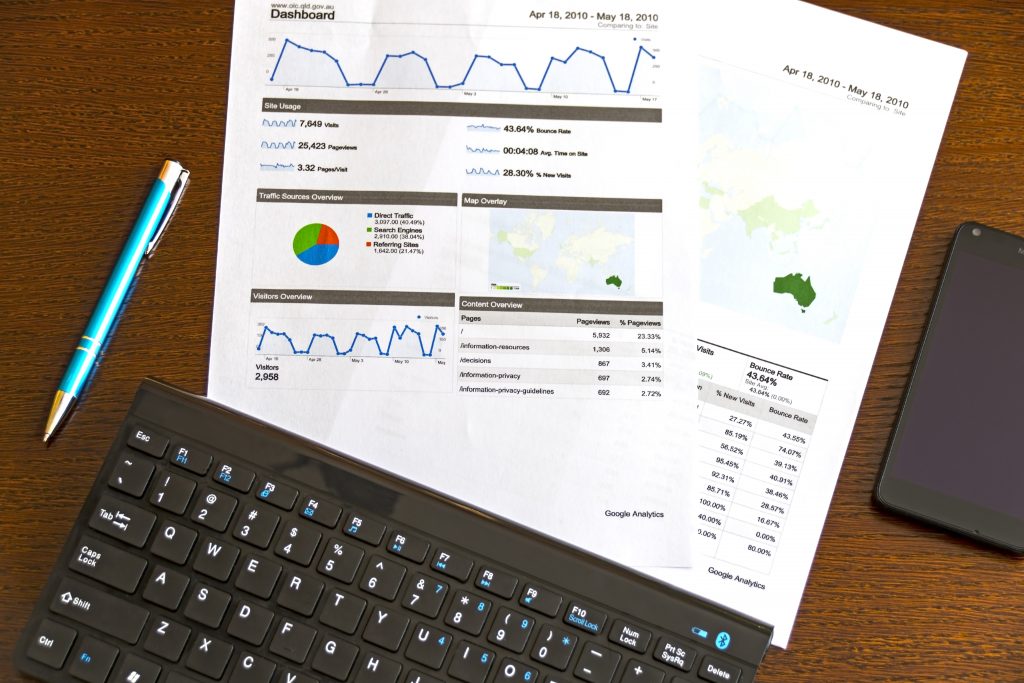Doing business when you are a mom is a tough ask for anyone, and making it smoother can make the experience less stressful. It is easier said than done, especially in a globally competitive business world. Inventory management can be a challenge, especially when you are dealing with several products at the same time. Ensuring that your inventory is adequate is one thing. Stock efficiency is entirely a different ball game.
In this article, we will help you understand effective management strategies of inventory.
Work with reliable suppliers
You may have the most organized internal systems, but if your suppliers are unreliable, you will always have inventory issues. Review your suppliers periodically to ensure that you are only keeping a reliable and consistent supply chain.
Track your inventory

You may need to set up internal tracking mechanisms instead of relying on tracking information from suppliers. Ensure that your labels are consistent. Automated tracking systems can work if you get a good supplier. Not every inventory management system will work well for you.
If you are a small company, you will not be able to use a system that does not specifically cater to small businesses in your specialty. You may need to customize a system that does what you precisely want.
Assign an inventory manager
You don’t have to get a person with managerial level for this task if you are a small firm. But you need to assign someone who will monitor the inventory in real-time. You also want a person, who will notify you every time the reorder point is near. According to InflowInventory, calculating your reorder point can ensure that you never run out of essential stock. Further, you will minimize the risk of overstocking slow-moving inventory.
You can place orders for items that have reached their reorder point and those that are near it. That way, you will have fewer logistical decisions to make instead of ordering items that are due only. Ensure that you factor in sales slumps and booms.
You don’t expect to maintain the same flat sales turnover over the festivities. However, you must know how to forecast professionally. If you don’t predict correctly, you will be scrambling for reorders and empty shelves at the most inconvenient time.
Ensure that the inventory in the store matches that in the system

If your system says that you have ten products of product A, ensure that you can physically locate the product in-store. In places where lifting and theft are rampant, you will need to ensure that these two sides of the equation balance. Otherwise, you will never know your real stock.
You will end up ordering or not ordering for more products thinking that you have enough stock or you don’t have stock when indeed you still have enough. It will also help with the first in, first out criteria of stock management. You want to ensure that all the old stock is removed from the store. Place it near the selling point or utilization point. If you use displays, ensure that the older stock appears first.
Monitor expiry
Stock expiry is a major concern for anyone dealing with perishable items. You have to use or sell the products that can expire before they do. Failure to do so can expose you to significant losses. If you are investing in an inventory management system, you may consider adding the expiration of inventory as an added feature.
Improve
You may not have full proof inventory management when you launch, but with time, you can improve if you purpose to do that. You will not be able to optimize stock before you have experience. While you may order 10 items of product A, you have no idea how fast the product will move off the shelf. With time and experience, you will know that you need X amount of A in a week or month.
You will use this information to improve your future decisions. For example, you will keep less of a stock that is slow-moving, and you will never run out of the core stock in the A-B-C stocking criteria. Continuous experimentation, testing, and improvement will help you get rid of inefficiencies that are hurting your profitability.
Continuous improvement is always a good strategy for improving your overall business performance. When it comes to inventory management, the same approach works well. To do that, you need a system that keeps the metrics available for scrutiny. You may need an inventory management system that you can use to track inventory levels and determine inventory velocity. With all the components complete, you’re good to go.
I’m a 20-something stay-at-home mother and wife. I have an amazing husband, a beautiful daughter, two loving dogs, and a lazy cat. I wouldn’t change my life for anything! I love to read, listen to music, cook and blog!

Many product and part suppliers in places such as China now offer to warehouse companies inventory at a much lower cost. Building space as well as labor cost considerations are the main driving factors for this new and growing trend. However; with inventory kept so far out of reach, it is imperative that what a business warehouses this way be managed optimally.
Every department has a different inventory need. For example, the finance department of the company might want a certain change where they seek to reduce the capital used for the product or good, but at the same time the sales department might state a point wherein they would want a huge stock which will guarantee good customer service. The operations department finally may require raw stock that will aid the operations at all times.